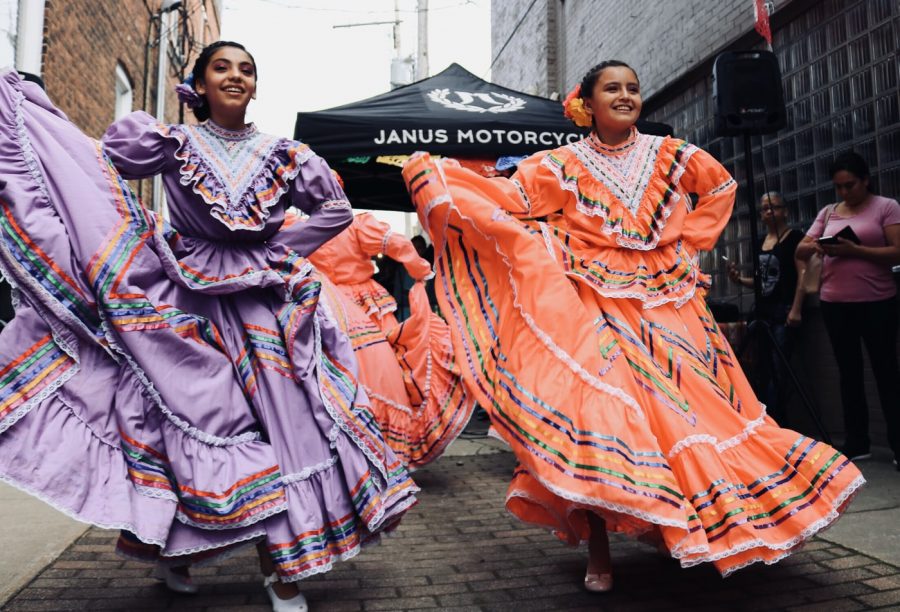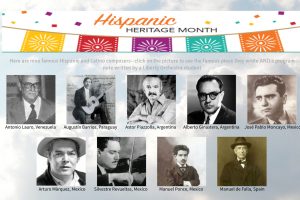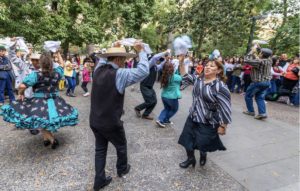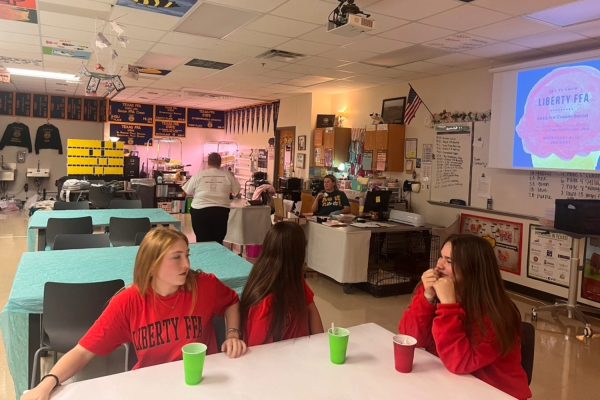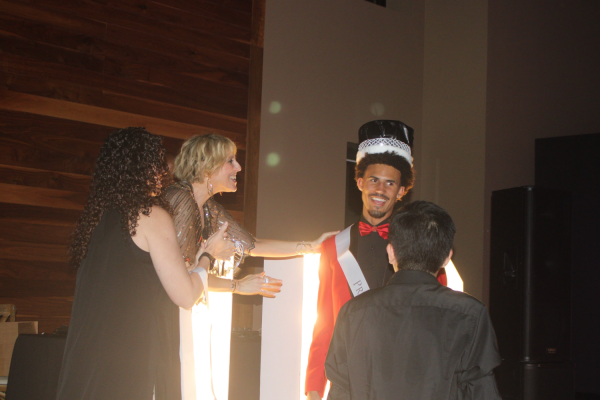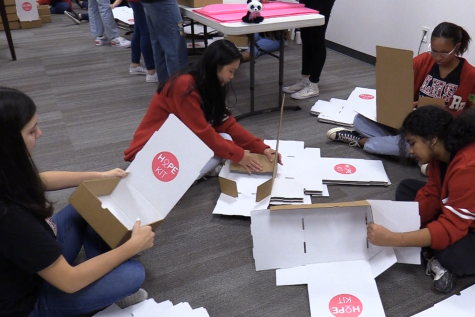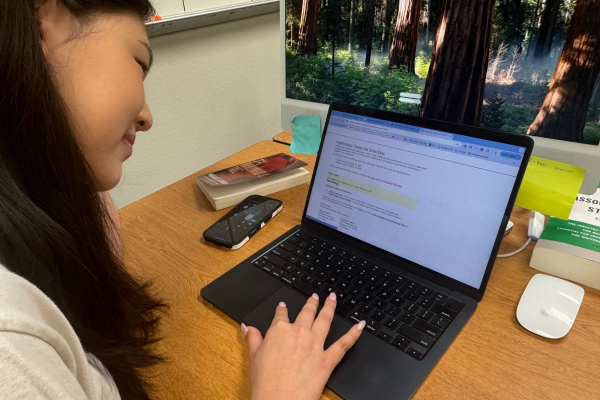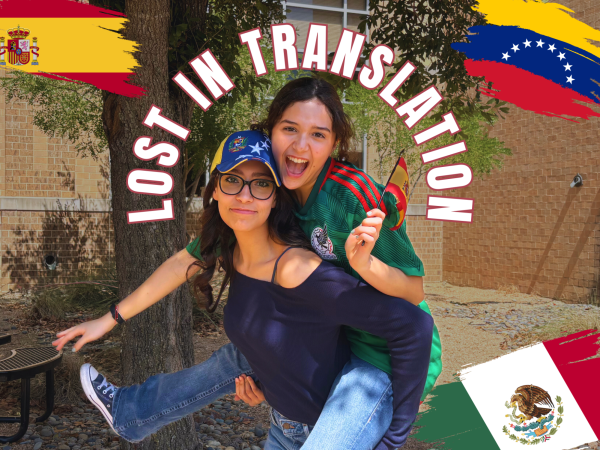Redhawks ring in Hispanic Heritage Month
Photo by @srz on Unsplash https://unsplash.com/photos/XIgj8Mk94ts
Hispanic Heritage month serves as a month-long celebration of Hispanic culture, heritage, and contributions. For Spanish teacher Patricia Flores, this month is also a time to celebrate her Hispanic culture outside of the classroom by sharing her heritage with her family and children. “I spent a ton of my life in Mexico, since I immigrated to America for college, so I definitely celebrate this month,” Flores said. “Usually, I celebrate by preparing a special meal to share with family and friends.”
In 1968, a scene of civil unrest and Hispanic rights movements led to the creation of Hispanic Heritage Week under President Lyndon B. Johnson. This was later extended to become National Hispanic Heritage Month by President Ronald Reagan in 1988, spanning from Sept. 15 – Oct. 15.
While this month began as a call to recognize the vital roles of Hispanic and Latino communities in American history, it has developed into a month-long celebration of Hispanic culture, heritage, and contributions.
“I celebrate more through the things I do inside of the classroom as a teacher, including bringing awareness to my students on people that have Hispanic heritage, that has a positive impact on both U.S. society and around the world,” Spanish teacher Yuridiana Franco said. “I think it’s a huge part of what we do, we teach culture to our students. During this month, we are shining a light on people who have made positive impacts and are recognizable. Now that we have a global society, language isn’t that much of a divider anymore. This particular month helps us remember to add that into our plans.”
However, for Spanish teacher Patricia Flores, this month is also a time to celebrate her Hispanic culture outside of the classroom by sharing her heritage with her family and children.
“September is actually the month when Mexico celebrates its independence, not Cinco de Mayo, which is a common misconception,” Flores said. “I spent a ton of my life in Mexico, since I immigrated to America for college, so I definitely celebrate this month. Usually, I celebrate by preparing a special meal to share with family and friends, including Pozole, which is a traditional Mexican soup, and tostadas.”
Even outside of this month, Flores sees great importance in integrating her Hispanic traditions into the next generation.
“I really try to make sure that my own kids speak Spanish at home,” she said. “I find that emerging them in your culture and language pushes them to start appreciating other cultures. Even within Mexico, all of the different states have separate cultures, and I want them to be aware of that.”
Similarly, Franco tries to actively incorporate the institutions created by her family in her daily life.
“All of my children’s grandparents are from Mexico and are the reason why we still practice a lot of Hispanic culture,” Franco said. “The food, language, music, and customs are very much alive in our family because of them. I feel like my kids are going to be a lot like me and be able to navigate between both worlds without an issue. However, I feel that it’s important to not forget where we came from and the reasons behind some of the things that we do.”
Being born in Venezuela, junior Maria Mendoza has carried on traditions from her native country, while adapting to a life immersed in American society.
“My culture affects my daily life because I transition from the way I act at home or around other Hispanic people to environments like school where it’s sometimes less personable,” Mendoza said. “Language was the hardest aspect for me when I moved here because I was put into an English speaking environment right away and it was hard to adapt. Now that I’m fluent I barely experience any difficulties but sometimes people will make fun of the way I pronounce things and it does hurt my feelings. Then I remember that I’d rather have some type of accent and be able to speak two languages than only speak one.”
Although Hispanics make up more than 18% of the United States population, there are still obstacles that minorities face.
“Personally, I haven’t experienced a lot of racial stereotypes or profiling because I’m pretty much white passing,” Mendoza said. “On the other hand, my parents definitely have because of their broken English and my dad being a person of color. It’s mostly just people being ignorant and impatient with their English.”
Even though Flores has faced her share of discriminatory behavior, she is still proud of who she is.
“People immediately assume that I am from Mexico when they look at me. Well, since I actually am from Mexico it is no problem for me, however a lot of people aren’t. I mean, there are 21 Spanish speaking countries. So, I always try to explain to people that when you see someone speaking Spanish, you should never assume that they are from Mexico. They could be from Argentina, or Peru, or Costa Rica. Also, sometimes people will ask me if I am Spanish. Well, that refers to people from Spain. I speak Spanish, but I am Mexican. It is not the same.”
THE DIFFERENCE BETWEEN by Jordan Battey
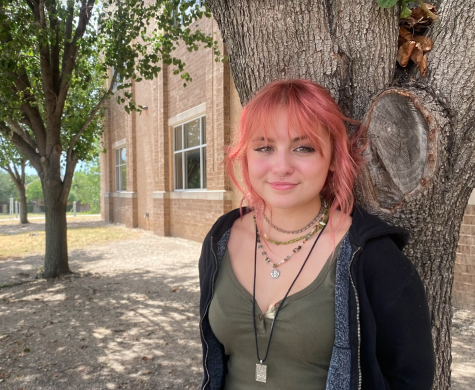
Jordan Battey is a Senior entering her fourth year of contributing to Wingspan. She is beyond excited to begin this final year of expanding her own knowldge...
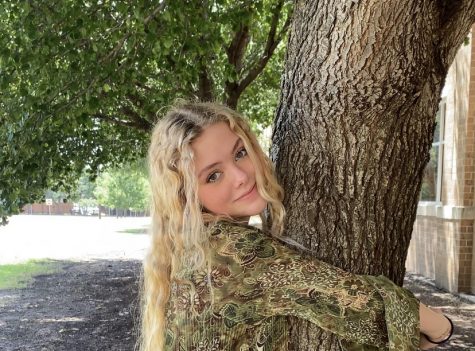
This is Junior, Ally Lastovica’s, second year writing for the Wingspan staff. When she is not expressing her passion for the environment through her...




